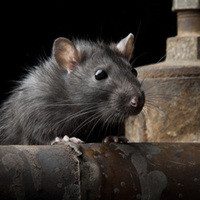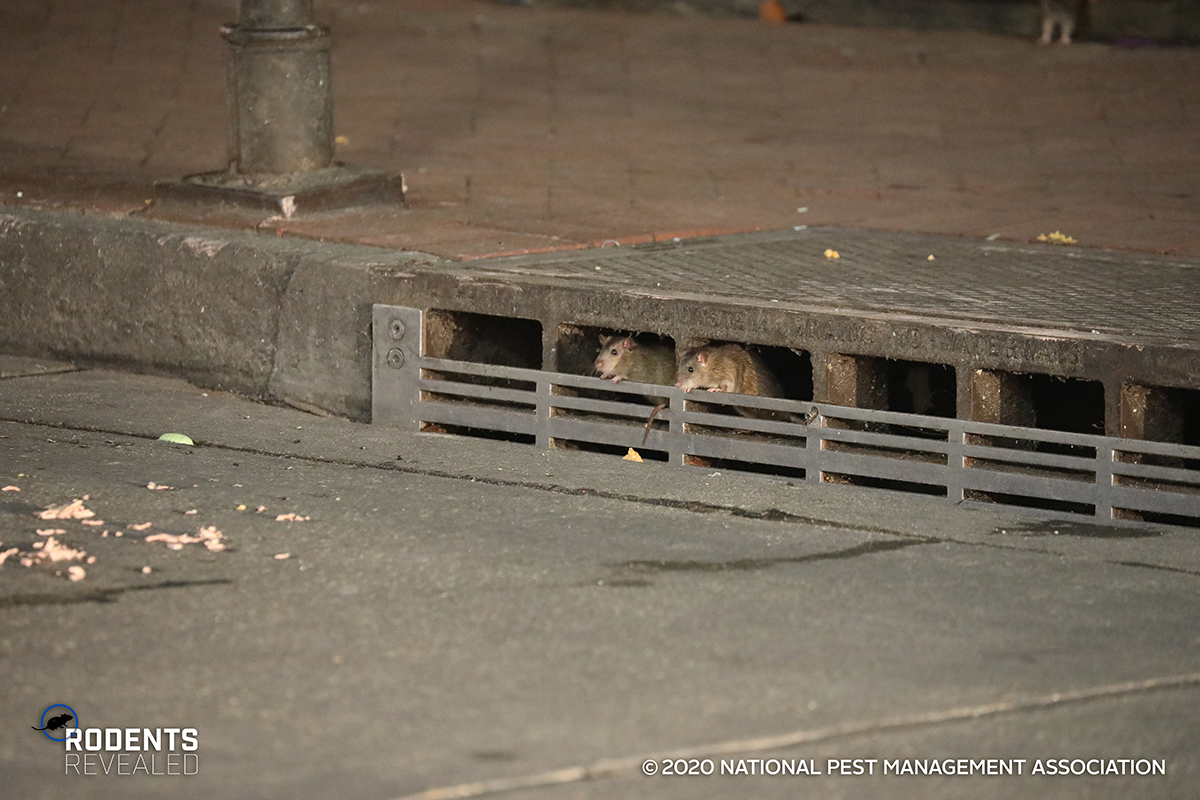Rodentologists and other pest experts across the country now speculate that rat populations are higher now than they have been at any point in the past decade. Rats are not just a nuisance, they are a serious threat to business owners. Just one Norway or roof rat can produce anywhere from 30 to 180 pellets of fecal matter a day and more than an entire gallon of urine a year. If you have 365 rats, that’s a gallon of urine a day!
Rats are also prolific breeders. A typical rat is able to breed in two months and can produce 3-6 litters a year. Each litter contains 7-8 pups, which can result in up to 15,000 descendants coming from a single rat in the span of a year. An increase in rat populations has pushed the U.S. Centers for Disease Control and Prevention (CDC) and other disease prevention facilities to seek new rodent preventative measures.
Businesses with a less than effective pest management plan can find themselves swimming in rats in just a few months. Facilities near crops, mowed or plowed fields, and flooded areas are at the highest risk of mass invasion. Follow these pest practices to minimize infestations.
Inspect
Do a thorough inspection of your property, both inside and out. Check for any rat entrance points along the outside of your building including near the roof, heating and air conditioning units, and poorly hung weather stripping around doors and other points of entry. Look for signs of rodent activity, such as tracks, dark rub marks, holes, chew marks, and droppings around any opening.

Contain
Like humans, rodents need food and water to survive, they look for these when searching for a new home. All food sources should be kept in pest-proof, airtight containers when possible. Rodents will eat almost anything that is edible; make sure to store these products in areas that can be easily inspected.
Clean
Proper sanitation is key to a rat-free facility. It must be thorough and continuous to resist these pests. Reduce available shelter options in and around your facility by reducing clutter such as:
- Boxes and crates
- Stacked equipment
- Construction materials
- Stored items
- Make sure garbage and food scraps are removed from food areas frequently, and taken out of the facility. Always store foods before locking up. Clean floors and counters frequently.
If you need help identifying pest pressures in and around your facility or to set up a comprehensive pest management plan, give your local Copesan technician a call. Rats are never good for business. Keep your business rat-free.

